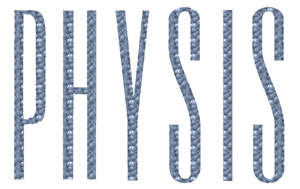History records the use of pathogens as improvers of military resources. Considering the events of contemporary war, there is the formulation of projects aimed at sophisticated technological development. They shall include biological weapons, linked to coercive programs known as biological warfare, which belong to the logic of asymmetric threat, not defining territory and generating devastating economic, political and socio-psychological repercussions. These events require the preparation of plans that address the risk, including the training of human resources, investments in the identification of materials used in bioterrorism and also in safety equipment. This paper aims to discuss the association between pathogens, their potential risk and effectiveness for use in bioterrorism strategies, highlighting the necessary biosecurity measures. It uses an integrative review to construct contexts risk analysis. The literature included the period 1990/2010, the ISI databases, LILACS, SciELO and PubMed. It demonstrates the importance of the involvement and training of professionals in the identification of biological agents with potential risk, whereas bioterrorism may result in overload of health systems. Biosecurity guides the procedures to be adopted for the containment of pathogens, aimed at controlling risk.
bioterrorism; biological agents; biosafety

 Bioterrorism, biological risks and biosafety measures applicable to Brazil
Bioterrorism, biological risks and biosafety measures applicable to Brazil Thumbnail
Thumbnail
